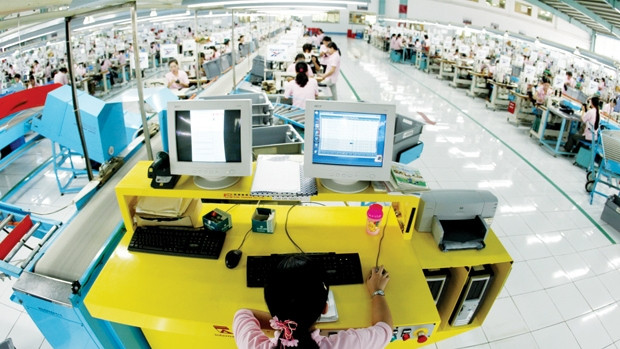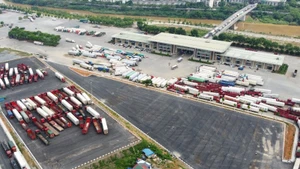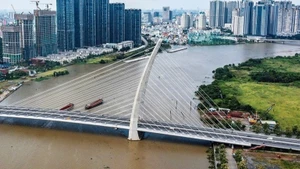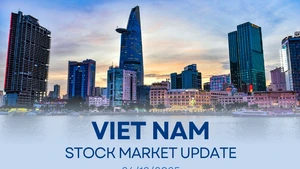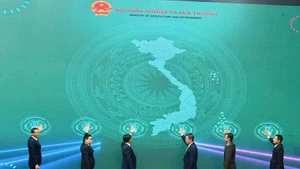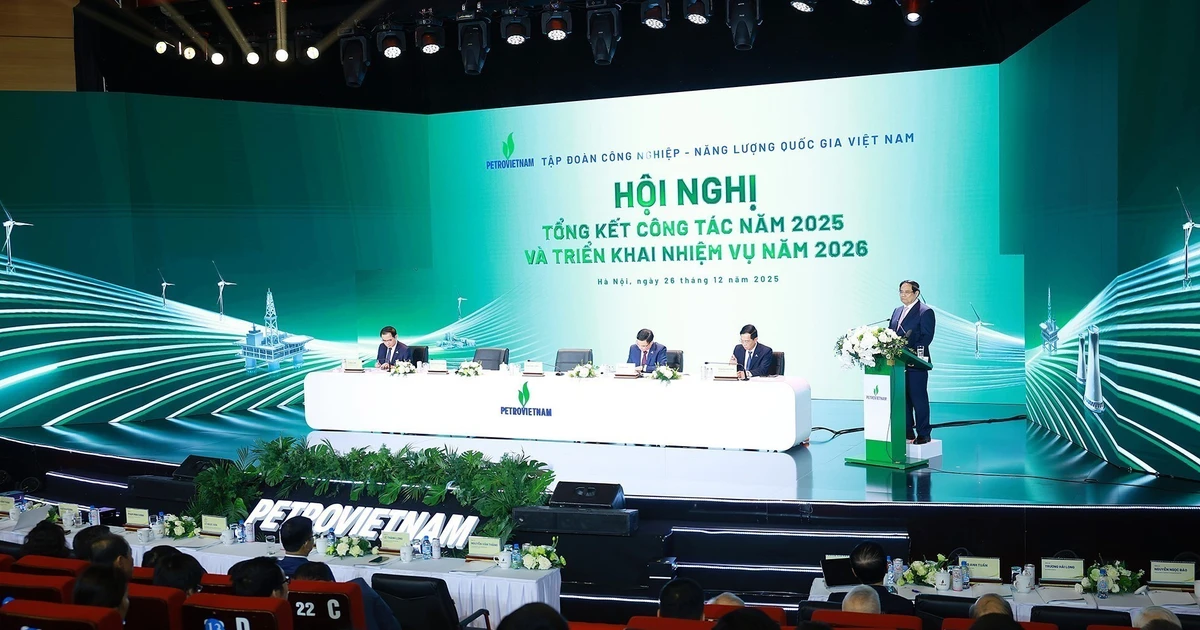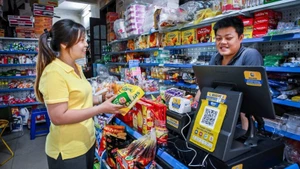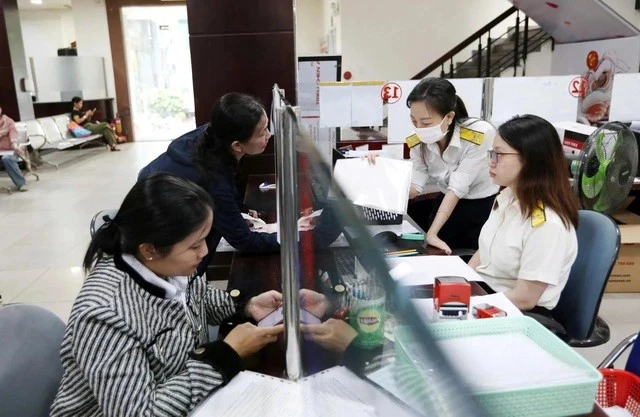Disbursement slowdown
After FDI disbursement reached a record high of US$15.8 billion in 2016 (up 9% from 2015), the pace of disbursement in the first three months of 2017 showed signs of slowing down when disbursement grew by a mere 3.4%. It slowed further in the first four months to 3.2%.
Deputy Director of the Vietnam Institute of Economics Le Xuan Sang said the demise of the Trans-Pacific Partnership (TPP) has adversely affected Vietnam’s FDI attraction and disbursement. Last year many investors were still in the waiting mode, but in the new year, the impact was already clearly felt as demonstrated by the slow pace of FDI disbursement.
But Nguyen Mai, Chairman of the Vietnam Association of Foreign-Invested Enterprises, said the collapse of the TPP did not have a great impact on FDI disbursement in Vietnam. He stated that if the Nghi Son refinery project had proceeded as planned, its US$9 billion would have been disbursed completely in the first quarter and FDI disbursement in that quarter would have been higher than the US$3.62 billion reported. But as the Vietnamese government is tightening environmental protection regulations, this project’s disbursement has been delayed pending investment in equipment aimed at addressing environmental issues.
Although many other projects were also delayed for the same reason, FDI disbursement still reached US$4.8 billion, compared with US$4.7 billion in the same period of last year, and is projected to reach US$16-17 billion this year.
Some experts said that the US Federal Reserve’s decision to hike interest rates in March will also affect FDI disbursement in Vietnam when enterprises’ debt in the US dollar will increase, making their investment costs more expensive.
According to the FIA, FDI is a long-term investment to take advantage of cheap labour and preferential policies where factories are built. Therefore investors will not stop doing business and withdraw their capital just because of higher interest rates. As a result, FDI attraction and disbursement in 2017 are still projected to continue increasing without much impact from the Fed’s rate hikes.
Continued reforms
FIA Director Do Nhat Hoang said Vietnam has many strengths that foreign investors are interested in. First, a stable political and security situation is an important factor for foreign investors to decide on long-term investment in Vietnam. Second, Vietnam is situated at a favourable location for international trade. Third, with a population of 92 million, Vietnam has an advantage in abundant and cheap labour.
In addition, as Vietnam has entered into 12 new-generation free trade agreements and joined the ASEAN Economic Community, it is a good opportunity to connect Vietnam with a wider market of 600 million people. Vietnam’s law and transparency have also gradually improved, helping to reassure foreign investors about doing business here.
According to Mai, Vietnam is emerging as a promising destination with many advantages in the eyes of foreign investors. A recent report by the Japan International Cooperation Agency suggests that the investment climate in Vietnam has significantly improved and 65% of Japanese companies are planning to expand their business in Vietnam and many more are considering investing in Vietnam.
Another bright spot is decent FDI disbursement growth. In recent years, the gap between FDI pledges and disbursement has been narrowing, indicating that the business environment in Vietnam has improved and that foreign investors proceed to implement their project as soon as they receive investment licences.
Therefore, in order to accelerate FDI disbursement, the government should continually improve the business environment towards international standards. Furthermore, investment attraction should be selective by prioritising financially capable investors to reduce the number of projects on paper and make FDI pledges easier to be disbursed.
